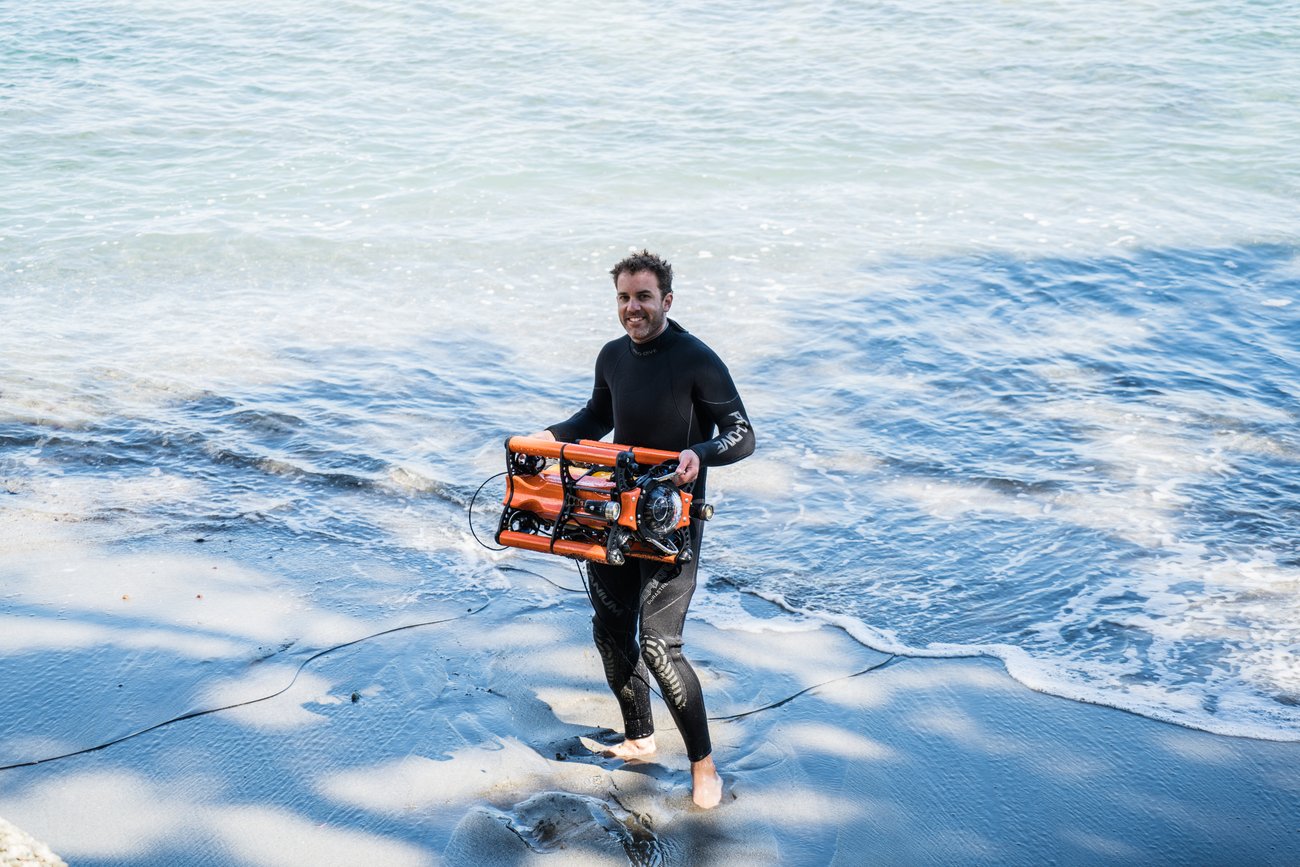The upstart nation, part 3: Slaying the myth of the one-trick pony

Image: Boxfish Research
N?ku te rourou n?u te rourou ka ora ai te iwi
With my basket and your basket the people will live
Another unhelpful image we have of ourselves is that we are a nation reliant on one thing – the produce of the land. New Zealand has ideal conditions for growing grass, and grass is an important part of the supply chain for growing sheep, for meat or wool, or cows, for milk, meat and other dairy production. It’s true: the backbone of the New Zealand economy is driven from the land, and perhaps it always will be – but that doesn’t make us a one-trick pony. Calls to diversify and hand-wringing about our over-reliance on the dairy sector might have been necessary 20 years ago, but to continue that narrative without a more contemporary view is inaccurate.
Rather than lament the lack of options outside of dairy, we want to open people’s eyes and awareness to the diversity and breadth of the New Zealand economy, particularly the technology sector. Not only is this now New Zealand’s third-largest sector (after dairy and tourism), it’s also rapidly growing. The 2016 report for the sector index, the TIN100, measured growth of over $1 billion in the sector in the past year alone. The sector also has the advantage of having relatively unfettered, non-linear growth potential, as the resources required to grow a technology sector don’t always have the same physical constraints as traditional industry. The technology sector has the potential, and the track record, to keep growing, and is doing so at an increasing rate. Our book highlights the technology sector as a way of expanding our view of our economic underpinnings.
We may not be there, yet, and we aren’t declaring victory, but we are well on the road to being an advanced nation embracing both the primary industries and the technology sector. Today it is ‘and’ not ‘or’. Embracing them in a way that gets the best from both (and allows room for the arts, for environmental concerns, for those in need in our society, for the changing requirements of skills and talent in the modern era of automation) is the challenge ahead. Framing the problem this way gives us many more clues for how to continue to succeed than sticking to the one-dimensional ‘we are too reliant on dairy’ narrative.
DEFINING TECHNOLOGY
One of the challenges with the phrase ‘technology sector’ is that it’s an easy thing to parrot, but it’s difficult to define precisely. Today’s modern dairy farm is heavily reliant on technology. The wine industry uses technology extensively. Tourism operators rely on technology. In some ways, seeing technology as separate from these other sectors is a falsehood. In defining the sector, we looked at organisations that create and sell technology, not those that just consume it. It’s a loose definition, and not one worth spending a lot of time on. Arguing the boundaries risks missing the bigger picture – for all human history, innovation (and technology) has been the only consistent driver of progress. Technology is equally a better milking shed, a way of growing k?mara in the freezing ground, a cinema-management system, a piece of software for analysing DNA, and a machine for sorting millions of cherries.
We included high-tech manufacturers, ICT and software companies, companies making leisure equipment and even some in the social sector. We have Kiwi companies that have an offshore presence, companies that have offshore ownership, companies that started and remain in New Zealand – all of whom have a benefit for New Zealand. The many aspects of diversity of the sector is one of its strengths.





